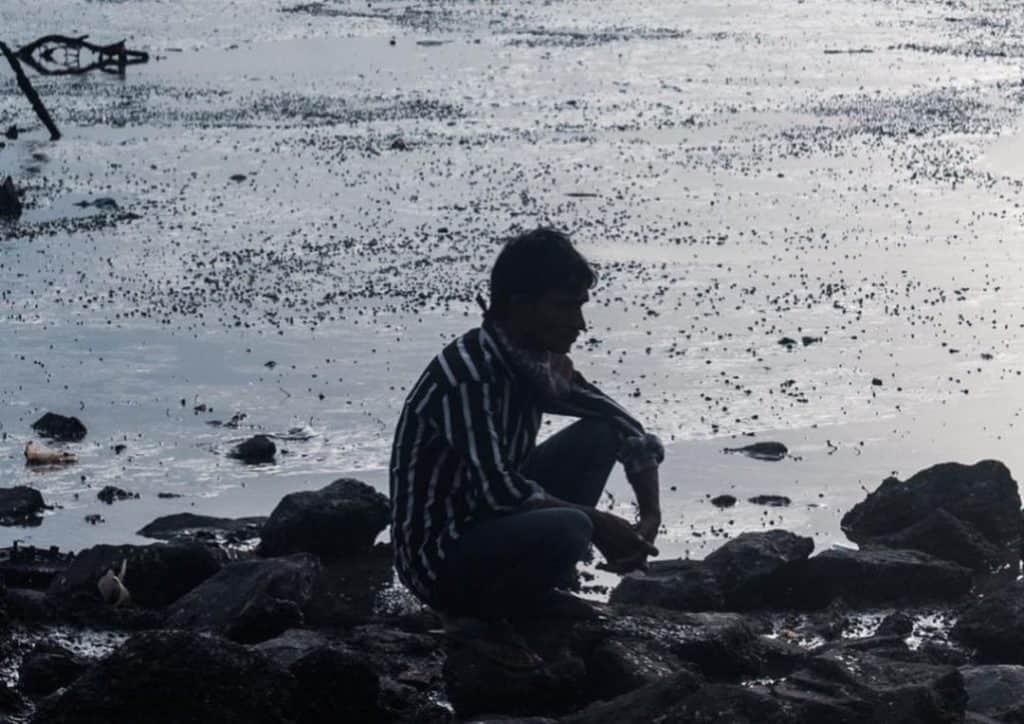Every year, rains in Mumbai claim lives and leave behind destruction to infrastructure and the city’s economy. Excessive flooding in the city is only increasing.
The 2021 report by the Intergovernmental Panel on Climate Change (IPCC) warned us about rising sea levels in Mumbai in the coming years, and, towards the end of the century, the city is set to see a 4.6 degree celsius rise in mean temperatures.
In January 2022, the Centre for Study of Science, Technology and Policy (CSTEP) released a report on emerging trends of climate change in Western India. The report provides trends for western states of India (Goa, Gujarat, Maharashtra and Rajasthan) from 2021 to 2050. Rising temperatures, increased rainfall, heatwaves and extreme weather events have been studied in two scenarios, best and worst case, in terms of emissions.
Read more: Meet the guardian angel of Mumbai’s defence against climate change
What the report predicts for Western India
According to the findings of the report,
- Temperatures are projected to increase by 1°C to 2°C in the districts of western India compared to the historical temperatures.
- The number of rainy days is projected to increase in the 2030s in almost all the districts of western India compared to the historical period (1990-2019).
- The increase will be between 1 to 24 days, with the maximum increase projected in Rajasthan and minimum increase projected in Maharashtra.
Warning signs for Mumbai
Temperature
Over the years, Mumbai has seen longer summers and smaller winters. This is not a consequence of the urban heat island effect alone, but also climate change.
“Mumbai will record a moderate warming of 0.2°C to 0.8°C in the summer maximum temperature and 0.1°C to 0.6°C in the winter minimum temperature during the 2030s (2021-2050).” the report says.
Rainfall
Every year, infrastructural issues in Mumbai are unable to contain flooding. Despite efforts to address the issue, the city is witnessing more rainfall than it knows how to manage.
- A 3-12% increase is projected in annual rainfall in Mumbai city, and 3-9% increase in Mumbai suburbs.
- In the Kharif season (monsoon), rainfall is projected to increase from 6-17% in Mumbai city, and 12-17% in Mumbai suburbs.
- In the Rabi season (non-monsoon months) there is a 12-29% increase projected in Mumbai city, and 13-40% increase in Mumbai suburbs.
- The number of rainy days will increase. From a historical 2315 days of rainfall in the 30-years period (1990-2019), projected increase ranges from 2390-2445 days in Mumbai City in the 30-year period (2021-2050). In Mumbai suburbs, from a historical 2455 days of annual rainfall, the projected increase goes up to 2521-2655 days.
“Urbanisation has led to the development of urban heat island effect in Mumbai that often plays a duet and catapults huge amounts of rainfall, often within a short period, on the city and surrounding areas,” Subimal Ghosh, one of the lead authors of the IPCC report, told Down to Earth. Urban heat island effect occurs when cities cover natural land with concrete and other materials that retain heat.
Climate change patterns seen across India
India ranks seventh in the Global Climate Risk Index 2021. Over the last few years, rise in temperatures, frequent cyclones, unpredictable weather changes and longer monsoons have strengthened the need for urgent climate action. In Tamil Nadu, Chennai declared ‘day zero’ in 2019 as they faced an acute water shortage. Extreme weather conditions can be damaging to cities and put pressure on resources from fossil fuels to water. Our cities are currently ill-equipped for the long term effects of climate change.

Measures to mitigate climate change
Among Mumbai’s efforts to challenge the impact of climate change is the Mumbai Climate Action Plan (MCAP). It aims to build a climate-resilient city that will work in two ways – mitigation and adaptation. Mitigation will concentrate on sustainable mobility and waste management, since traffic and industrial waste are the largest contributors to greenhouse gas emissions. Adaptation will look at biodiversity, air quality, conservation of natural resources and subsidised healthcare facilities for lower-income families.
However, environmentalists and experts have criticised the government for its lack of climate vision. Many have pointed out gaps in the MCAP and the Brihanmumbai Municipal Corporation (BMC)’s budget for 2022.
The MCAP fails to look at sustainable waste management in detail, as a response to accumulating waste in the city, and leaves out composting organic waste. The uprooting and relocating of trees are still part of the city’s plan to increase green cover in Mumbai, even though, time and again, this has proven to be ineffective.
The BMC budget for 2022 has prioritised constructions of roads and bridges in the city, above all else. According to experts, this only induces the demand for cars on the roads and significantly increases carbon emissions.
“This is a city that is already overburdened with the damages to land, water and air, driven by the infrastructure and industrial sectors. The focus of our civil work must look at outcomes that are more acceptable and relatable to larger public interests.” says Berjis Driver, an urban planner whose work lies at the intersection of environment and governance. He adds that Mumbai must focus on adapting short term measures over excessive focus on emission reductions and mitigation.